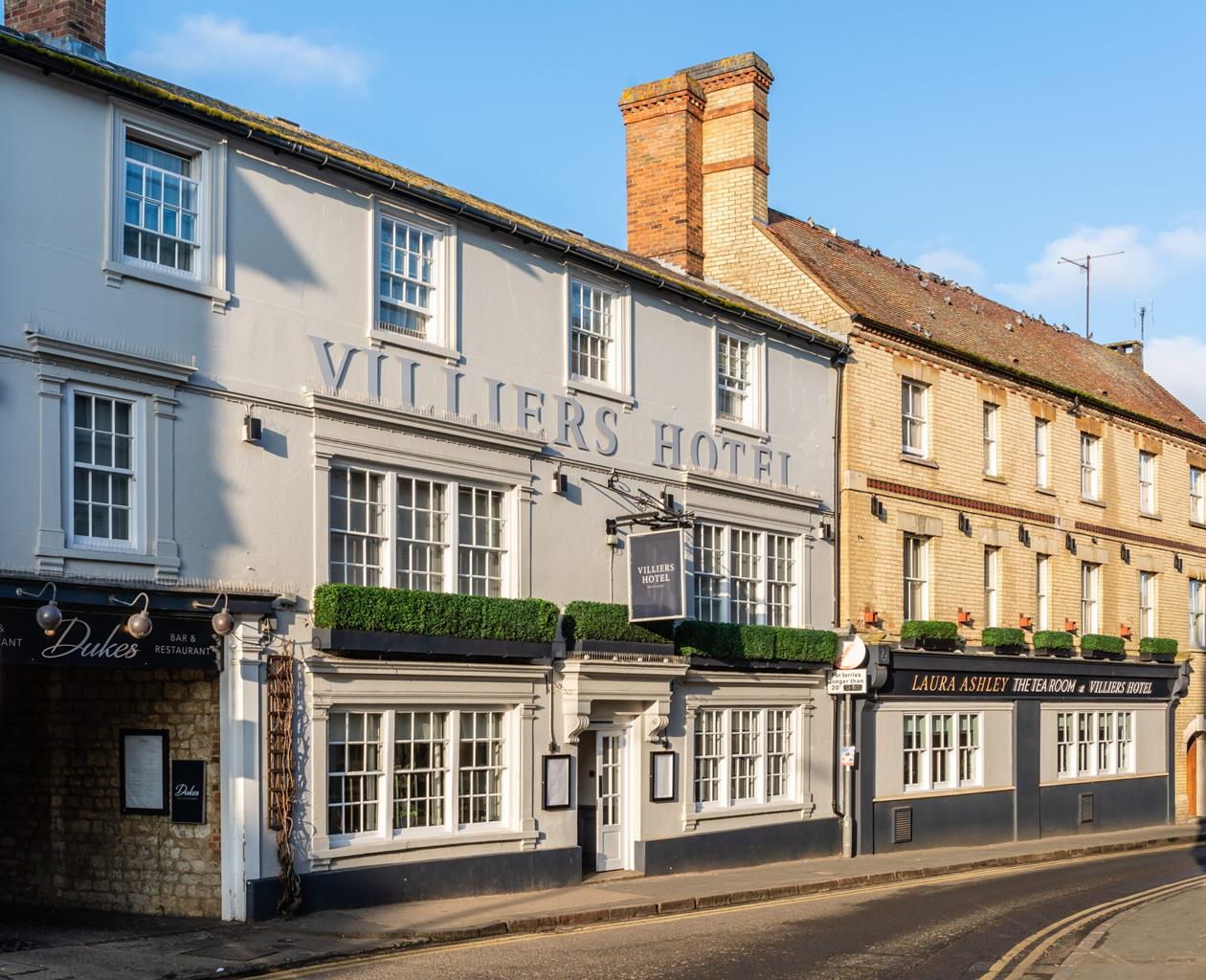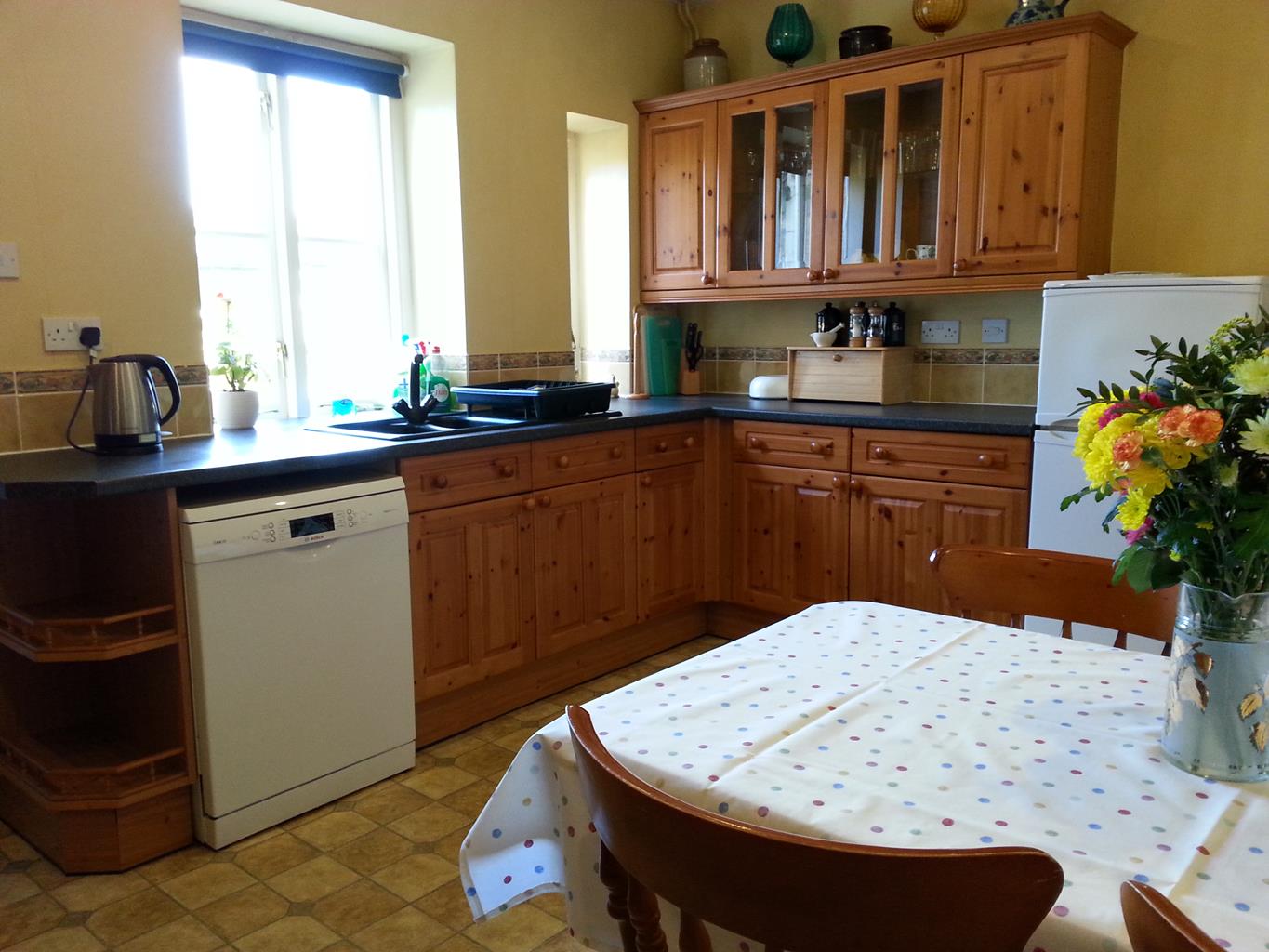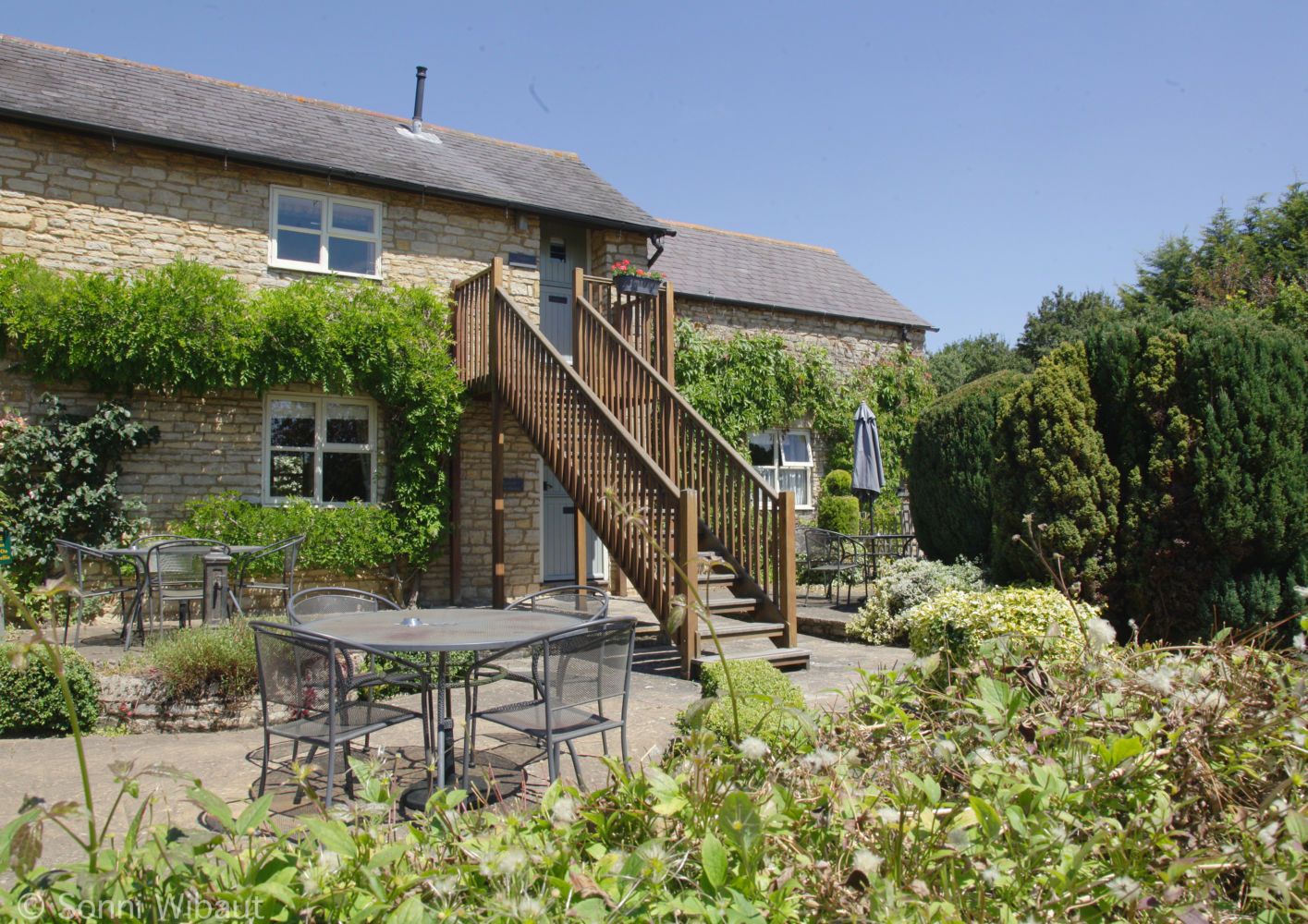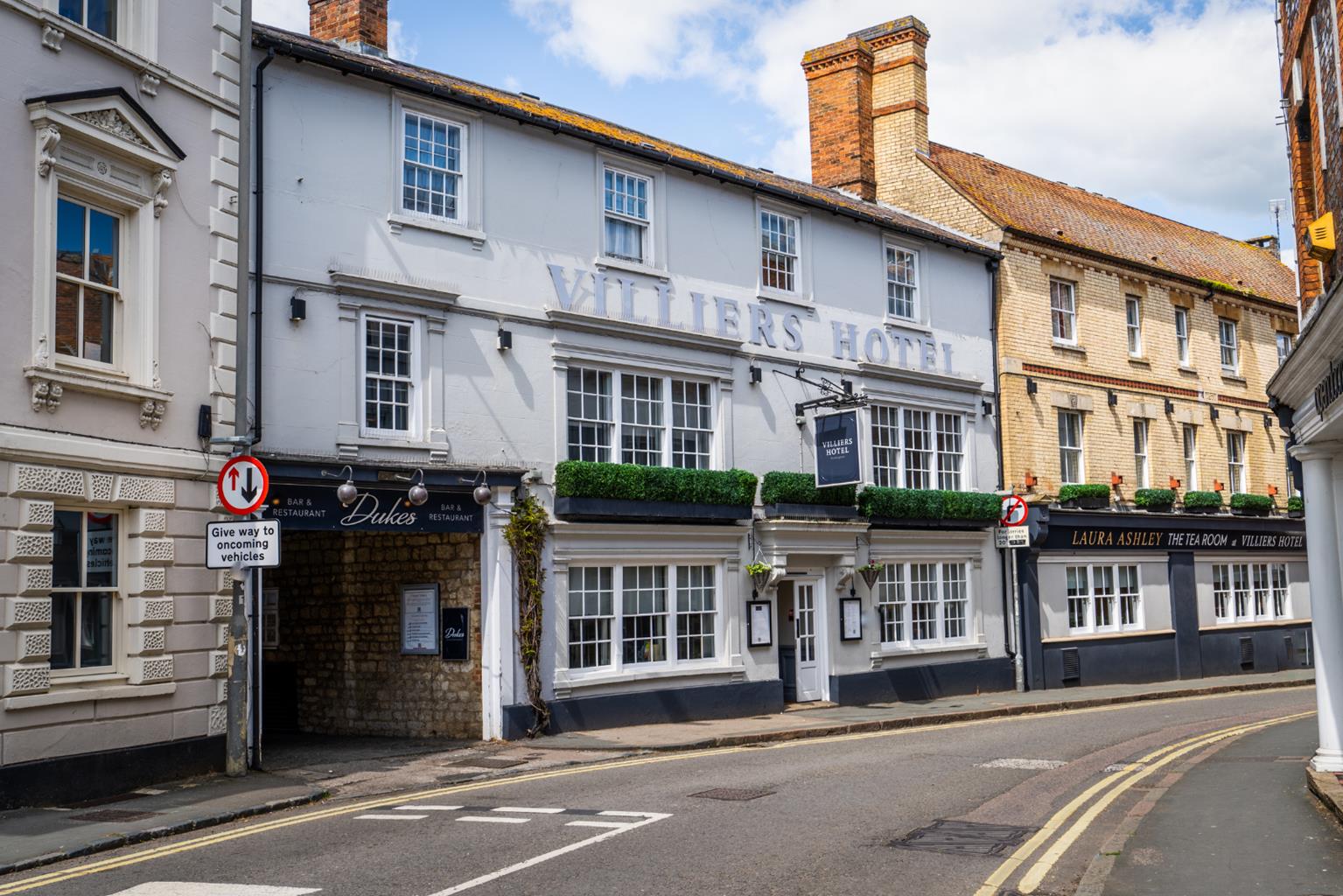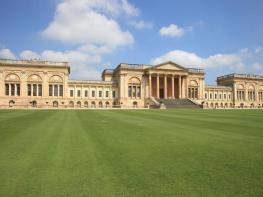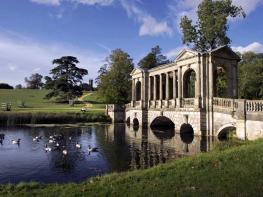Whittlebury Park is a purpose-built, Georgian-style country house hotel with excellent spa and…
Around Ouse Valley Park

A gentle stroll beside river and canal, admiring the region’s 19C industrial heritage.
2.75 miles (4.4kms)
About the walk
Barge traffic played an important part in Wolverton’s development with loading and unloading from the Grand Union Canal at Galleon Wharf. The Wharf pub was built early in the 19th century to serve canal traffic, and is still here, having changed its name to The Galleon. The canal, Britain’s longest man-made waterway at 137 miles (220km), linking London to Birmingham, originally crossed the River Great Ouse near Wolverton by descending almost 33ft (10m) down to the river via nine locks. This was time-consuming at the best of times and in flood conditions often impassable. The solution was an aqueduct. The first brick-built structure, however, collapsed in 1808.
In 1809 canal engineer Benjamin Beavan took up the challenge using the new material of the day – cast iron. His structure featured two cast-iron trough spans which support the massive weight of the water, with a single central masonry pier. The trough is 15ft (4.6m) wide and 6ft 6in (1.98m) deep, with a total length of 101ft (31m). It soon became known as the 'Iron Trunk'. When opened it charged a toll and generated an income of £400 a month (equivalent to £13,500 in today’s money) by charging for the extra amount of cargo the canal was able to carry.
In 2011 the Iron Trunk Aqueduct celebrated its bicentenary with a programme of improvement works, including refurbishing the aqueduct and restoring it to its original colours. Today it is still one of the most striking features along the whole stretch of the Grand Union Canal.
Commercial transport on the Grand Union Canal continued to bring prosperity to the area, but by the 1840s canal trade was becoming secondary to the railroad.
The advent of the railways
Fortunately, in 1836 Wolverton was chosen as the site of the main locomotive repair shop of the London and Birmingham Railway company (L&BR), serving the line then under construction. The L&BR was one of the first intercity lines in England, and opened in 1838. That same year the impressive Wolverton Viaduct was built. It is 49ft (15m) high and its six major arches span 59ft (18m) each. It was one of the major feats of the L&BR and, in its day, just as impressive as the Iron Trunk. It was widened in 1881.
The Wolverton workshops remained in use until the 1980s – indeed the most recent Royal Train was fitted out at Wolverton in 1977. Today just a few parts of the original works are active, maintaining and repairing rolling stock under the banner of Railcare.
Walk directions
With The Galleon at your back turn left, cross the bridge, go past the small car park and take the waymarked path onto a paved track heading to the right, across open fields, with allotments to your right. As you approach Manor Farm house, veer right and look for a small blue-green gate. Go through it and follow a tree-lined path. The path continues ahead, leaving the trees, and joins a tributary of the Great Ouse (left). Continue ahead at the double gates, signed 'Plant Crossing'.
With the Wolverton Viaduct facing you, turn left across the wooden footbridge following the Ouse Valley/Iron Trunk Aqueduct signs. Continue straight ahead with the River Great Ouse to your right and keep following the path, passing a white footbridge that heads north. The 120-acre (49ha) site area (cordoned off) to your left is former quarry workings, home to an innovative proposal to recreate the lost environment of the area’s 'Floodplain Forest’. It is the first project of its kind in the UK, where planning permission has been granted for mineral extraction specifically to create a new area of floodplain forest with new planting. On the other side of the River Great Ouse, to your right, is Cosgrove Park.
As the caravans and tents of Cosgrove Park end, the Iron Trunk Aqueduct looms into view and the path crosses back over the tributary of the Great Ouse (in summer this may be dry). Climb the steps beside the Iron Trunk Aqueduct up to the Grand Union Canal, with vertiginous views some 40ft (12m) down to the river below. Go back down the steps and squeeze your way through the 'cattle creeps', originally designed to get livestock – and people – from one side of the canal to the other. Continue along the footpath beside the Great Ouse. Soon after passing beneath the aqueduct are two turnings to the left. Ignore these and continue on for around 400yds (366m), then turn left, away from the river.
The path winds to the left, then follows the boundary of the field. At the end of the field turn right through a gap in the trees to continue across the next field towards Wolverton Church. After visiting the church, return to the path by which you entered it, turn right and follow this back to the main road. The Galleon is immediately across the side road, to the left.
Additional information
Paved walkways, field paths and tow path
Fields, canal and river banks, floodplain meadow
Lead required in new floodplain forest area
OS Explorer 192 Milton Keynes & Buckingham
Small car park next to start of walk, and restricted street parking close by
None on route
WALKING IN SAFETY
Read our tips to look after yourself and the environment when following this walk.
Find out more
Also in the area
About the area
Discover Buckinghamshire
Buckinghamshire is a land of glorious beech trees, wide views and imposing country houses. Victorian Prime Minister Benjamin Disraeli savoured the peace and tranquillity of Hughenden Manor, while generations of statesmen have entertained world leaders at Chequers, the Prime Minister’s rural retreat. Stowe and Waddesdon Manor are fine examples of even grander houses, set amid sumptuous gardens and dignified parkland.
The Vale of Aylesbury is a vast playground for leisure seekers with around 1,000 miles (1,609km) of paths and tracks to explore. Rising above it are the Chiltern Hills, a designated Area of Outstanding Natural Beauty covering 308sq miles (798sq km). They are best appreciated in autumn, when the leaves turn from dark green to deep brown. In the southeast corner of the Chilterns lie the woodland rides of Burnham Beeches, another haven for ramblers and wildlife lovers. Although the county’s history is long and eventful, it’s also associated with events within living memory. At Bletchley Park, more than 10,000 people worked in complete secrecy to try and bring a swift conclusion to World War II. Further south, an otherwise unremarkable stretch of railway line was made infamous by the Great Train Robbery in the summer of 1963.
Nearby stays
Restaurants and Pubs
Nearby experiences
Recommended things to do
Why choose Rated Trips?
Your trusted guide to rated places across the UK
The best coverage
Discover more than 15,000 professionally rated places to stay, eat and visit from across the UK and Ireland.
Quality assured
Choose a place to stay safe in the knowledge that it has been expertly assessed by trained assessors.
Plan your next trip
Search by location or the type of place you're visiting to find your next ideal holiday experience.
Travel inspiration
Read our articles, city guides and recommended things to do for inspiration. We're here to help you explore the UK.


